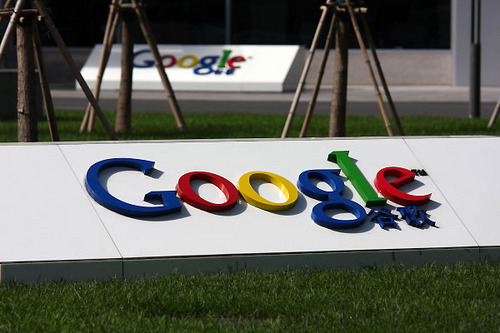Google’s upcoming material 3 expressive design language, focused on emotional user connections, leaks before the i/o 2025 reveal.
Google has accidentally revealed exciting details about its revamped Android design language, Material 3 Expressive, ahead of its official announcement at the upcoming Google I/O developer conference.
A blog post, initially published on Google’s website, revealed insights into the evolution of Material Design. As the successor to Material You (Material 3), Material 3 Expressive will build on the adaptive, personalized experience introduced in 2021, but with a stronger focus on creating deeper emotional connections between users and their devices.
Material Design, first launched in 2014, has been a cornerstone for creating consistent, intuitive interfaces across Android apps. This design system has shaped how apps look, feel, and interact with users. In 2021, Material You brought personalization to the forefront, enabling Android devices to adapt dynamically to users’ preferences, such as matching the system’s theme to a user’s wallpaper.
Embed from Getty ImagesNow, Material 3 Expressive promises to enhance these principles further. The leaked blog post outlined that the updated design system will focus on a “bold use of shape and color,” aiming to create more delightful and engaging user experiences. The core philosophy behind Material 3 Expressive is to draw users’ attention to essential elements of the interface, improving usability and guiding actions more effectively.
Incorporating more expressive visual cues, the new design system promises to make Android apps more intuitive, with a focus on elevating key features and user actions. Google emphasized that the changes are intended to increase performance while making apps more accessible. This expressive design approach could be especially beneficial for older adults, as it makes interactions clearer and more straightforward.
One of the standout aspects of Material 3 Expressive is its emphasis on emotional design—using visual elements to create a deeper connection with users. The goal is not just to make the interface aesthetically pleasing, but also to encourage positive emotional responses from users. For example, dynamic animations, vibrant color schemes, and engaging shapes will help users feel more connected to their devices.
However, Google made it clear that expressive design is not a “one-size-fits-all” solution. While the updated design will guide developers in creating more engaging interfaces, it will still be crucial for app makers to respect existing standards and design patterns when building their apps. In other words, developers will be able to customize the look and feel of their apps using the new system, but they must still adhere to best practices to maintain usability.
While this leak offers a glimpse of what’s to come, much remains to be seen about the practical implementation of Material 3 Expressive. Developers will get their first hands-on look at the system at Google I/O, where the company plans to showcase how to leverage “new emotional design patterns” to enhance engagement, usability, and user satisfaction. During the event, Google will also provide alpha code and design files to allow developers to experiment with the updates ahead of the public release.
This leak serves as a tantalizing preview of what promises to be a transformative shift in how Android interfaces are designed. By focusing on emotional connections and improving accessibility, Google’s Material 3 Expressive could redefine the user experience on Android devices in exciting new ways
